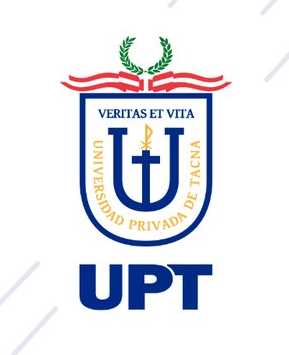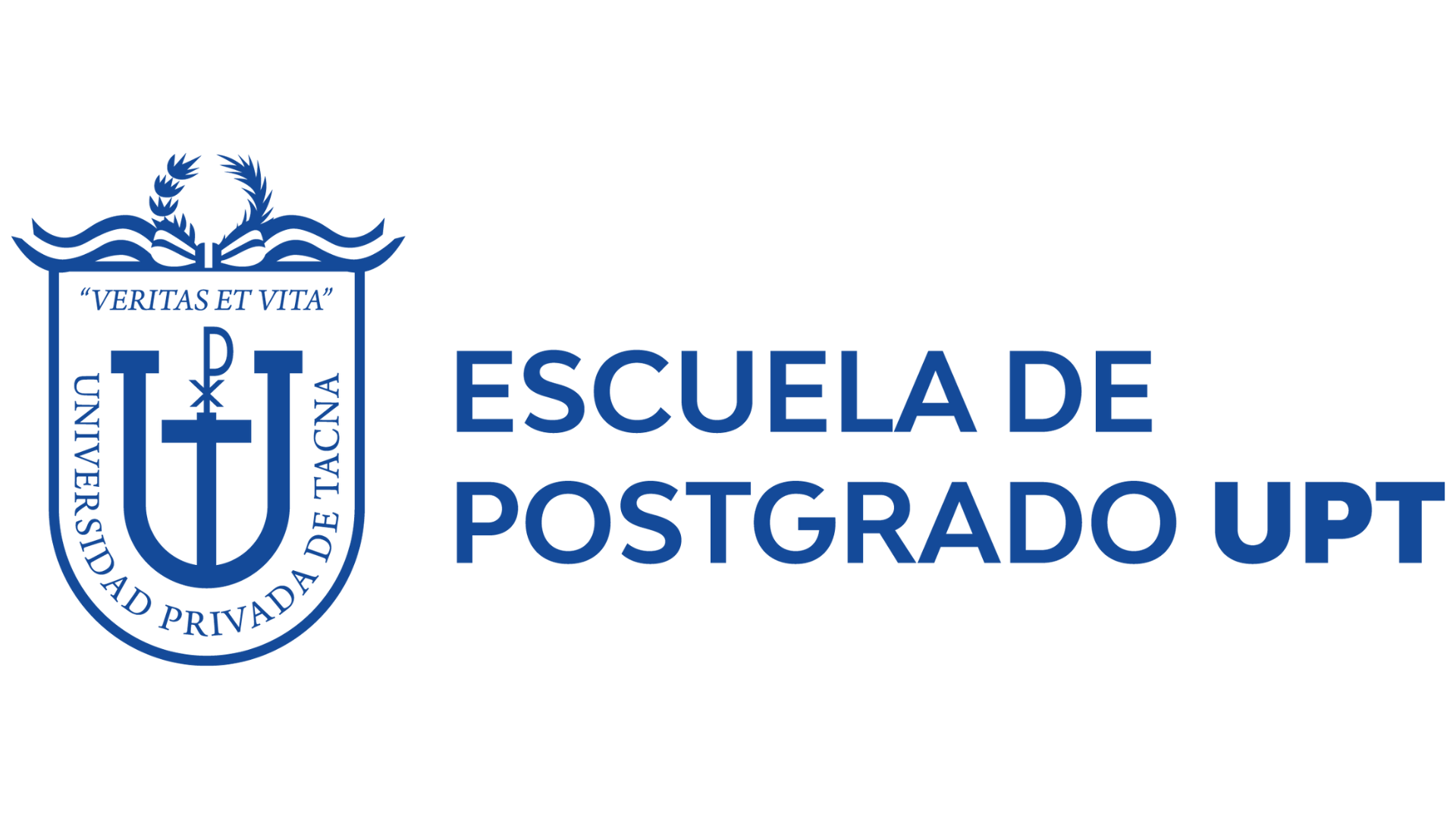Biological, physical and geographical assessment of the grass always alive for its conservation in the Tacna region.
DOI:
https://doi.org/10.47796/ves.v5i2.207Keywords:
Valuation, Anthropic Damage, Conservation, Fragile EcosystemAbstract
Objective: The objective of the study was to establish the biological, physical and geographic valuation of Tillandsia werdermannii (always alive) in the tillandsial of Intiorko.
Results: The main results were as follows: Regarding the biological evaluation, it indicates the presence of T.werdermannii with an average frequency of 93.24% and a coverage of 23.7%. Regarding the physical evaluation of the tillandsial, it indicates anthropic damage by the presence of RR.SS.in 62.65% of the 83 samples taken in the district of Ciudad Nueva and a conservation index of 37.72%, which is deficient. Regarding the geographical value, indicates 4 004,86 ha. Impacted, ¡e, 14.49% of the total area of the Intiorko tillandsial, which has 27 643.06 ha.; In which the 1,782.75 ha are included. Of solid waste strewn by the municipal dump (landfill).
Material and methods: The mapping methodology was used, where satellite images were initially processed, where the images are integrated in the raster format directly or after processing, using Landsat 7 satellite imagery, with a Supervised classification were combined the 30-m. Multispectral images, to visualize the tonalities denoting a predominanceof Tillandsia.
Conclusion: Therefore, according to the assessments indicated, conservation of the fragile ecosystem tillandsialdel Intiorko, as a protected natural area, is warranted.













